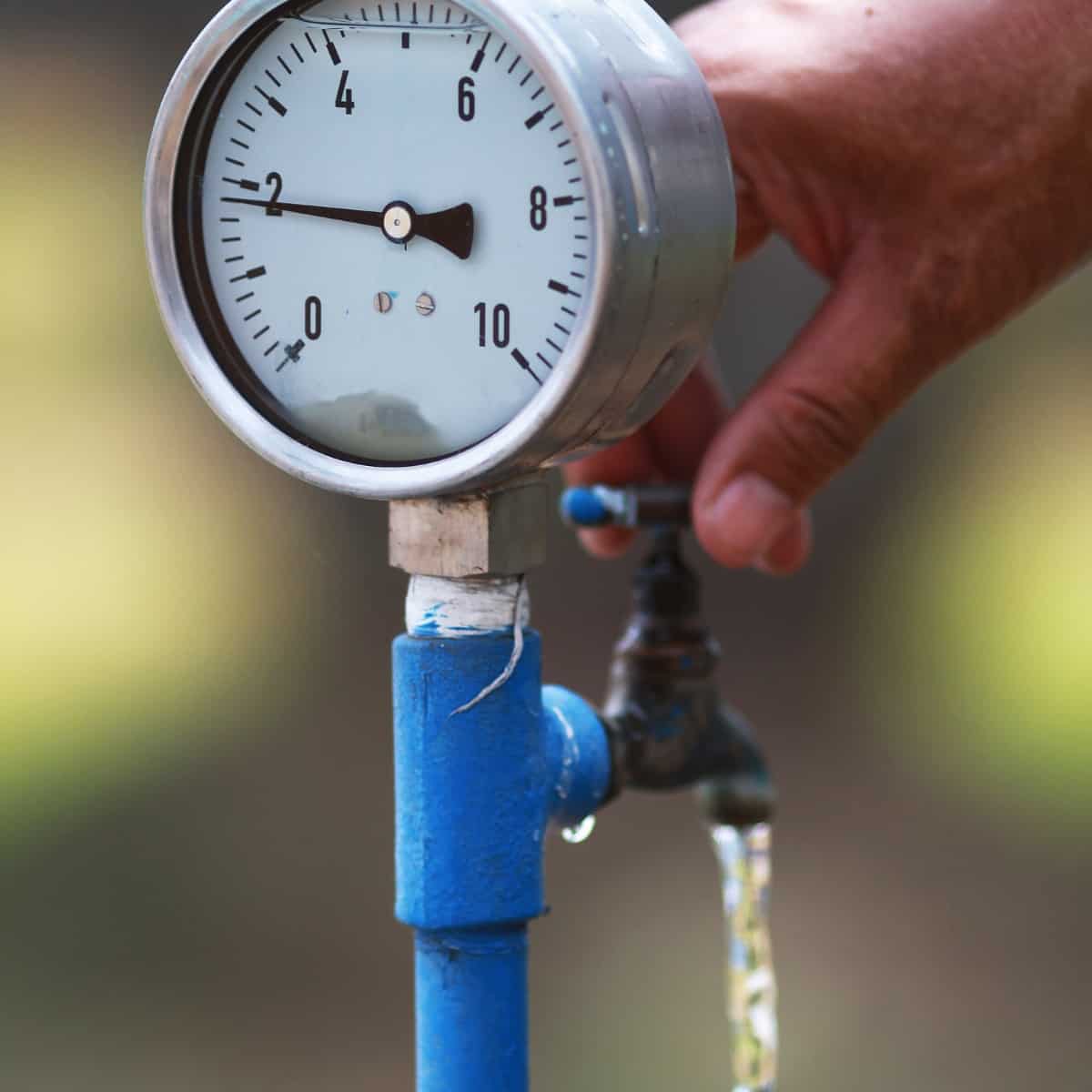A gauge is a device used to measure a physical property of an object. They are used to measure everything from tire pressure to the thickness of metal sheets. There are many different types of gauges, such as wire gauge, sheet metal gauge, and hypodermic needle gauge.
In this article, I’ll explain how a gauge works so you can better understand this useful tool.

In this post we'll cover:
The Many Meanings of Gauge
One of the most common uses of a gauge is to measure the thickness of wire or the thickness of a material. In this context, a gauge is a tool that is used to check the size of an item. For example, a wire gauge is a tool that is used to measure the diameter of a wire. Similarly, a sheet metal gauge is a tool that is used to measure the thickness of sheet metal.
Gauging Air Pressure in Tires
Another common use of the word gauge is in reference to air pressure in tires. In this context, a tire gauge is a device that is used to measure the air pressure in a tire. This is important because having the correct air pressure in your tires can improve your car’s fuel efficiency and handling.
Gauging the Volume of a Barrel
In the context of measuring the volume of a barrel, a gauge is a device that is used to estimate the amount of liquid that is in the barrel. This is important in industries such as oil and gas, where barrels are used to transport liquids.
Measuring with Gauges: Precision at Its Finest
Gauge measurement is the process of determining the size, thickness, or physical property of an object using a gauge. Gauges come in a variety of types and instruments, from manual to robotic, and are commonly used in measuring the thickness of metal sheets, wires, and hypodermic needles.
What are the Different Types of Gauges?
There are many different types of gauges, including:
- Wire gauges: used to measure the diameter of wires
- Sheet metal gauges: used to measure the thickness of metal sheets
- Hypodermic needle gauges: used to measure the diameter of hypodermic needles
- Ceramic gauges: used to measure the thickness of ceramic materials
- Welding gauges: used to measure the size and form of welds
- Pressure gauges: used to measure the pressure of gases and liquids
- Height gauges: used to measure the height of objects or liquid levels
- Block gauges: used to calibrate other gauges and instruments
What is the Equivalent of Gauge Measurement in American Units?
In American units, 1 gauge is equivalent to 0.0001 inches or 0.00254 millimeters. Gauge measurement is commonly used in measuring the thickness of ferrous and nonferrous metals, as well as in the manufacturing of precision instruments and tools.
Gauge measurement provides a precise and accurate way to measure the size and thickness of objects, making it an essential tool in many industries.
The Many Uses of Gauges
Gauges are essential instruments in design engineering as they serve a wide variety of needs. They are designed to measure and monitor the performance of specific elements in a production process. Some of the critical uses of gauges include:
- Measuring the size of an object according to a specified standard or system
- Checking the flow of a medium, such as liquids or gases, to ensure that it is consistent and within the desired range
- Monitoring changes in voltage or electrical current to prevent damage to electrical systems
- Measuring the internal elements of complex designs to ensure that they are properly placed and connected
- Monitoring the production process to ensure that it is running smoothly and that the quality of the output is consistent and of good quality.
Maintaining Safety and Quality
Gauges are critical instruments in maintaining safety and quality in a production process. They allow users to monitor changes in performance and take corrective action when necessary. Some of the ways that gauges help maintain safety and quality include:
- Preventing damage to electrical systems by monitoring changes in voltage or electrical current
- Allowing users to monitor the flow of a medium to prevent damage to equipment or other elements of the production process
- Providing accurate data on the performance of specific elements of a design, allowing users to make changes or adjustments as needed to maintain quality and consistency.
Protecting Against Damage and Trapped Particles
Gauges are also designed to protect against damage and trapped particles that can affect the accuracy of the measurement data. Some of the ways that gauges protect against damage and trapped particles include:
- Using covers to protect the face of the gauge from particles or other elements that can affect the accuracy of the data
- Regular maintenance to ensure that the gauge is functioning properly and that any trapped particles are removed
- Proper placement of the gauge to prevent damage from regular use or other factors.
Conclusion
Gauge is a measure of a dimension of an object. The word gauge can also mean a test or a measurement.
So, now you know what a gauge is and how it’s used. You can also gauge something now that you know the meaning of the word!
